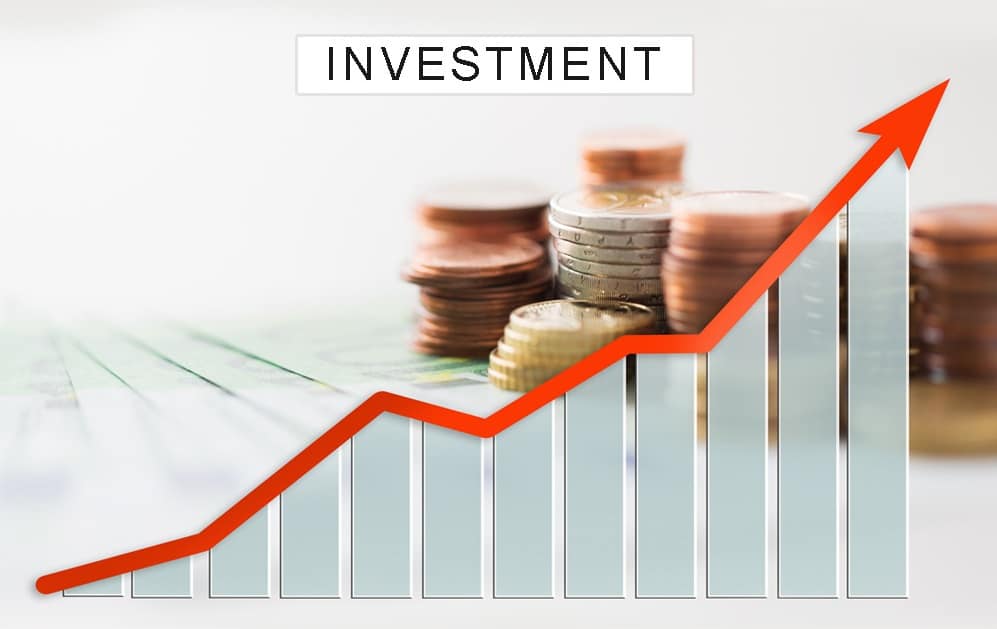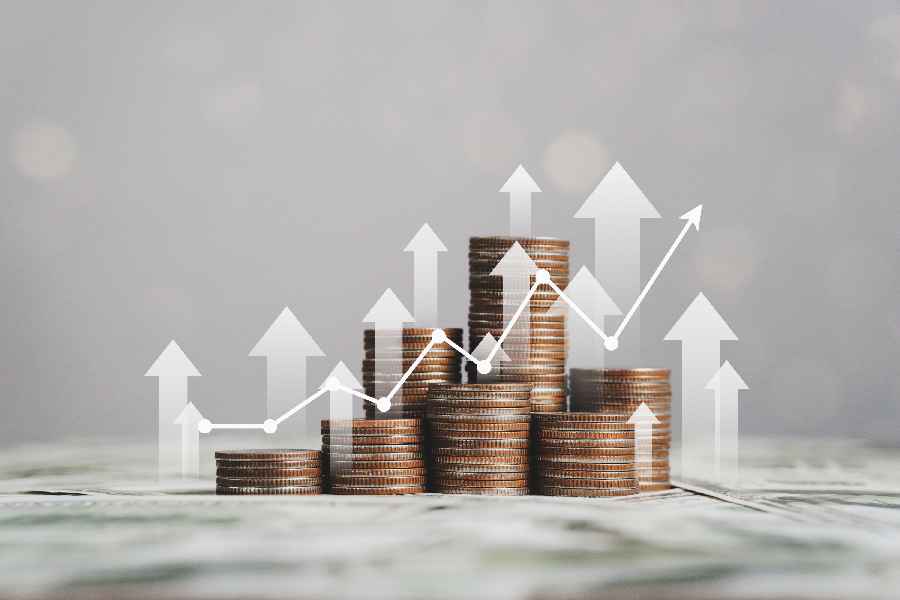The Impact of U.S. Government Spending on Investments

January 30, 2025
Government spending plays a critical role in shaping the U.S. investment market. As the federal government allocates funds to various sectors, the effects ripple through financial markets, influencing stock prices, bond yields, and investor confidence. Whether through infrastructure projects, defense contracts, healthcare funding, or economic stimulus programs, government expenditure directly impacts corporate earnings, job creation, and overall market performance.
The Role of Government Spending in Economic GrowthGovernment spending is a key driver of economic activity. When the government increases its expenditure, it injects capital into the economy, stimulating demand for goods and services. This, in turn, benefits businesses that supply these goods and services, leading to increased revenues and higher stock valuations. Key areas where government spending influences the investment market include:
Infrastructure Investments: Government-funded infrastructure projects, such as roads, bridges, and broadband expansion, provide significant opportunities for companies in construction, engineering, and materials industries.
Defense and Security: Large contracts awarded to defense companies lead to increased revenues and stock price appreciation in firms involved in aerospace, cybersecurity, and defense manufacturing.
Healthcare and Pharmaceuticals: Government healthcare spending, such as Medicare and Medicaid funding, supports pharmaceutical and healthcare service providers, driving sector-wide stock performance.
Technology and Innovation: Investments in technology, including artificial intelligence and renewable energy, can create new market opportunities and attract private-sector investments.
In times of economic downturn, the government often implements stimulus measures to boost economic activity. Stimulus packages, such as direct payments to citizens, extended unemployment benefits, and corporate tax incentives, can increase consumer spending and business investment. The stock market typically reacts positively to such measures, as higher disposable income and corporate liquidity drive earnings growth and investor confidence.
However, excessive government spending can also lead to inflationary pressures, prompting the Federal Reserve to adjust monetary policy, including interest rate hikes. Higher interest rates can increase borrowing costs for businesses and consumers, potentially slowing down market growth. Investors must balance the short-term benefits of government spending with potential long-term inflationary risks.
Government Debt and Bond MarketsAs government spending increases, so does the national debt. To finance spending, the government issues Treasury bonds, which serve as a benchmark for interest rates in financial markets. When government debt levels rise, investors demand higher yields on bonds, affecting fixed-income markets. A higher yield environment can make bonds more attractive relative to equities, influencing portfolio allocation decisions.
Conversely, if the government manages spending efficiently without excessive borrowing, markets may view the fiscal strategy as sustainable, maintaining stability in interest rates and investment performance.
Sector-Specific ImpactsDifferent sectors react uniquely to government spending patterns. For example:
Cyclical sectors (e.g., industrials, energy, and financials) benefit from increased infrastructure and defense spending.
Growth sectors (e.g., technology and healthcare) receive support from research grants, innovation funding, and healthcare subsidies.
Consumer sectors (e.g., retail and travel) may see indirect benefits from stimulus checks and increased employment levels

Exploring the latest changes in U.S. investment policies and their impact
The U.S. investment landscape in 2025 is undergoing significant shifts due to economic policies, trade regulations, and financial reforms. This article explores key policy updates, their effects on investors, and future economic implications

Impact of U.S. Policies on Global Economy
U.S. economic decisions influence global markets through trade policies, interest rates, and regulations, shaping financial trends and international stability

Key Insights on Policy Shifts and Market Impact
Recent U.S. policy changes are reshaping investment landscapes. Investors must stay informed about regulatory shifts, economic trends, and potential risks

U.S. Fiscal & Monetary Impact on Investments
Explore how U.S. fiscal policies and monetary decisions shape investment trends, affecting markets and economic strategies

The Impact of U.S. Government Spending on Investments
Government spending plays a crucial role in shaping the investment market by influencing economic growth, stock prices, bond yields, and investor confidence

U.S. Growth and Investment Trends
Explore how investment strategies shape U.S. economic growth, influencing markets, businesses, and financial trends for long-term stability

Understanding U.S. Reforms and Their Impact on Investors
Recent U.S. reforms are reshaping investment strategies, affecting markets, businesses, and investor confidence. Learn how these changes influence financial decisions

Understanding the Impact of U.S. Policies on Investments
U.S. policies continue to evolve, significantly impacting investment landscapes. This article delves into the most important policy changes expected to shape investment decisions and market behavior in the coming years. From government regulations to fiscal strategies, we analyze how investors can navigate the challenges and seize new opportunities as U.S. policies unfold

Understanding the U.S. Influence on Global Investment Trends
U.S. policies and trends have a profound effect on global investment strategies. This article explores the key factors, including fiscal, monetary, regulatory, and technological changes in the U.S. that are influencing investment strategies worldwide. Global investors must adapt to U.S. policy shifts to stay competitive in the market
The Atlantic Daily
Get our guide to the day’s biggest news and ideas, delivered to your inbox every weekday and Sunday mornings. See more newsletters
.webp)
Ideas That Matter
Subscribe and support more than 160 years of independent journalism.
Subscribe